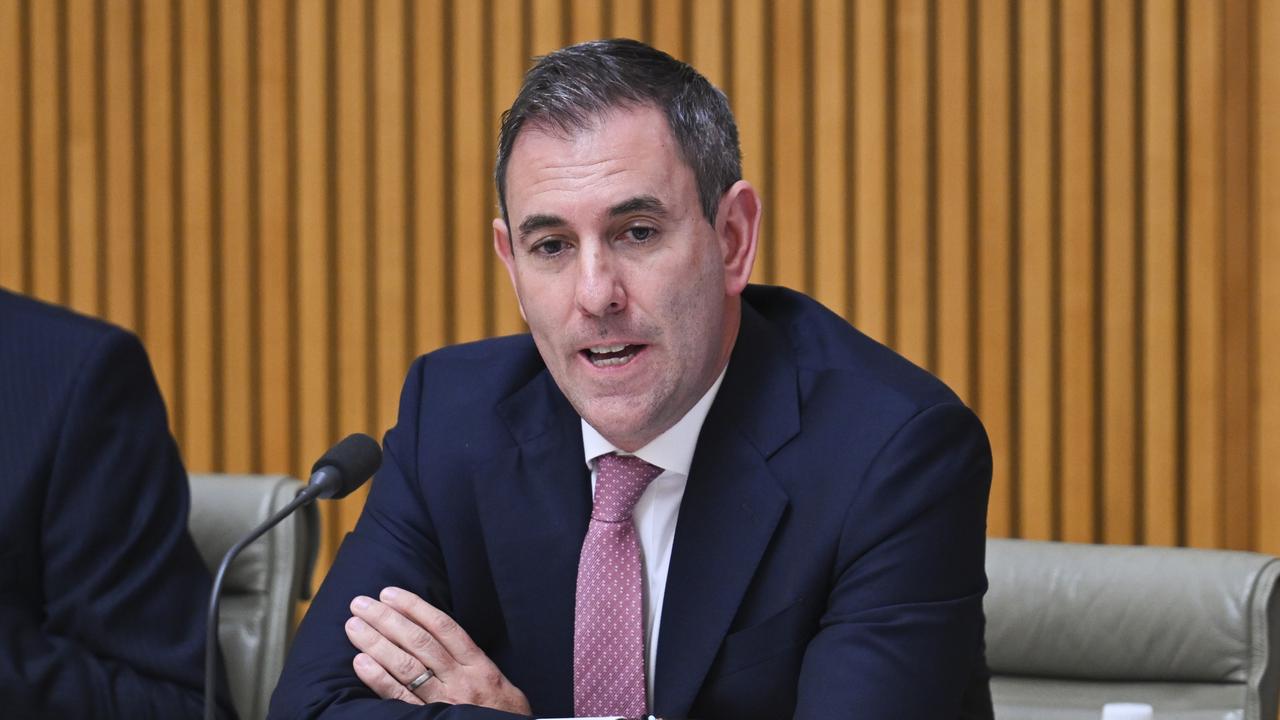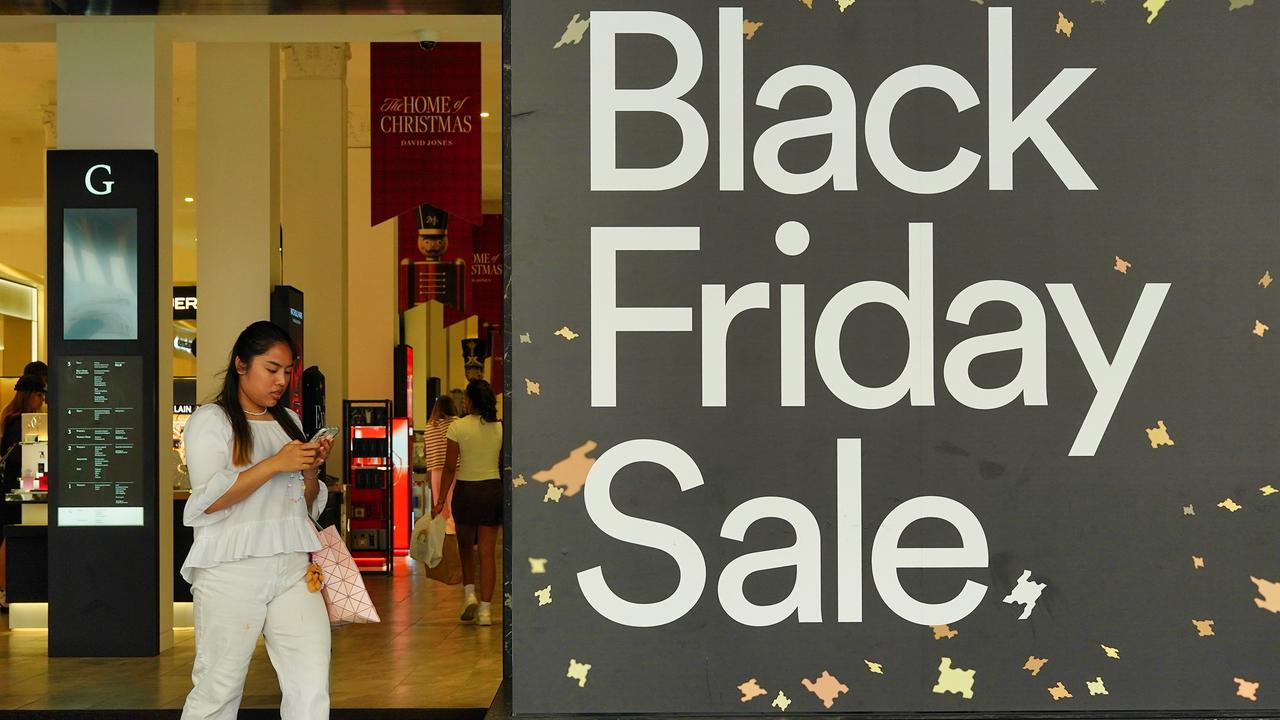‘No evidence of a recession’: Government spending masks weak economy
Strong public spending is offsetting an overall weak economy, new figures from the ABS reveal, ahead of the release of the latest growth figures on Wednesday.
The Australian economy is expected to show anaemic growth when GDP figures are released on Wednesday, in line with Treasurer Jim Chalmers’ warning.
Two important economic indicators came out on Tuesday, showing slight improvements from a low level for Australia’s gross domestic product.
Australia’s current account deficit widened in the September quarter after its trade surplus shrank to its smallest level since 2018 owing to a decline in commodity prices and fewer international students arriving.

“The current account deficit printed at $A14.1bn in Q3 24. However, Q2 24 was revised significantly and now sits at $A16.4bn (originally printed at $A10.7bn),” Commonwealth Bank’s senior economist Belinda Allen said.
The large revisions to the previous quarter make comparison to the consensus estimate of ‑$A10.9bn pointless.”
Independent economist Saul Eslake told NewsWire current account deficit wasn’t a sign of weakness, nor would a current account surplus be a sign of economic strength.
“All else being equal, if you run a budget deficit you are more likely than not to also be running a current account deficit unless you have extraordinarily high rates of savings,” he said.
The ABS also released total public demand – which is a proxy for state and federal government spending – which rose 3 per cent in the three months to September.
The $5.7bn spending jump is expected to contribute a hefty 0.7 percentage points to economic growth in the September quarter, surpassing economists’ expectations of 0.5 percentage points.
This was mainly off the back of federal and state power bill rebates, Queensland’s cheap public transport fares and strong wages growth in the public sector.
Overall, the Australian federal and state governments spent $195.8bn in the September quarter.
AMP chief economist Shane Oliver told NewsWire Australia’s marginal 0.1 percentage point in trade, compared with market expectations of 0.3 percentage points, was offset by strong public spending.
“The softer than expected trade data was offset by stronger than expected public demand, so economists have left their GDP figures unchanged.”
Mr Oliver said the market is expecting a soft growth rate of between 0.4 to 0.5 per cent on Wednesday.
The economist said if the figures come in higher than 0.6 per cent, Australia could be out of a per capita recession for the first time in six quarters.

Mr Eslake said the economy was holding up, albeit it was growing slowly.
“We knew the economy was inching forward with no evidence of recession. We knew household consumption was weak and business spending was holding up okay,” Mr Eslake said.
“The only insight we really get is in the public spending which came out today.”
Dr Oliver said on the one hand public spending had kept the economy going, but there could have been rate cuts expected by now if spending wasn’t so strong.
“That did ease the burden and brought down measured CPI inflation down to 2.1 per cent, but the flip side is that the pressure being taken off households so they could have spent more which made the RBA’s job harder as they want people to spend less,” he said.
Managing expectations ahead of Wednesday’s national accounts data, which will show little growth in Australia’s GDP, the Treasurer said the trends were expected to continue into the near term.
However, Mr Chalmers said Australia was still “on track” for a soft landing from restrictive high inflation.
“We know that higher interest rates, global economic uncertainty and cost of living pressures are weighing on households and the economy, and we expect to see that in this week’s national accounts data,” he said.
“Growth would be even weaker without the contribution from public demand,” he said.
Mr Chalmers said a full picture of the contribution to public demand would be revealed on Wednesday with most of the federal spending now coming from national defence spending.
“Most of this (government spending) was states, and the biggest part of the Commonwealth’s share was defence spending,” he said.
“In the latest numbers, state and local public demand contributed 60 per cent of public demand growth.”





